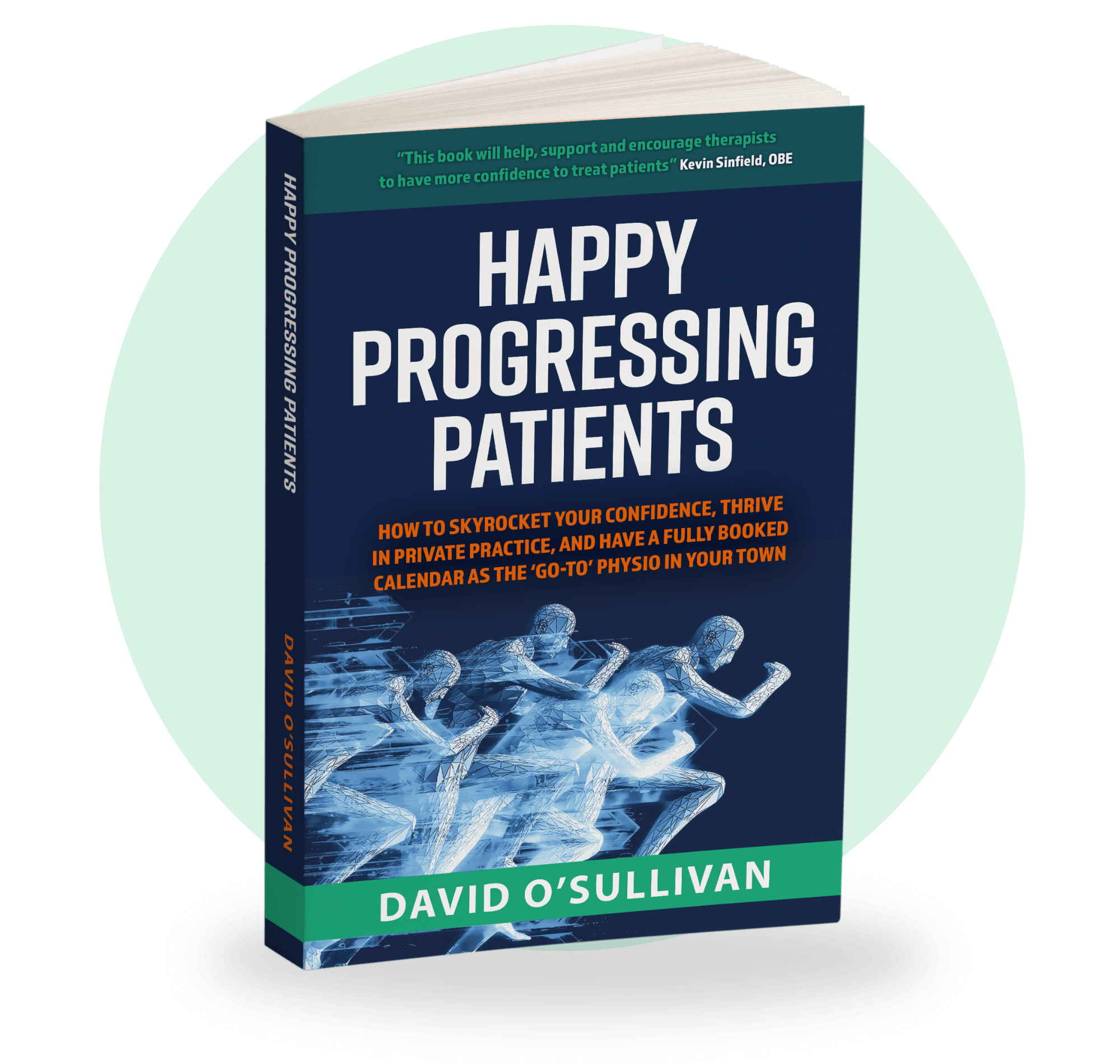
Terminal Knee Extensions
Terminal knee extensions are a big part of traditional rehab programs, especially post-op. While they have their benefits, there is one thing about these types of exercises that I don’t like:
They reinforce a movement that I spend most of my time trying to help clients unlearn!
They encourage the knee to snap back early, which is something that I try to stop from happening with my players and clients. I explain my reasoning behind this in much more detail in the video above, and show you (what I think) is a much better way to perform this exercise.
I have no problem with knee extension, but in gait I want to to be the last thing to occur. More often than not, I see this movement happen too early with my clients, which leads to more work being done at the knee than the hip.
I prefer my clients to do more work at the hip, and to achieve hip extension before first before full knee extension. I find that this is a big problem with most lower limb injuries – the inability to co-contract the gastroc and hamstrings with the quad.
I’ve written about the importance of this co-contraction in a previous blog post.
Watch the video above and let me know what you think about terminal knee extension after watching!
Dave
Get Your FREE Copy Of The Amazon #1 Bestseller That Holds The Secret To Confidently Treating Any Patient!
Download a Free ‘ebook’ copy of the 8-Step ‘World Cup’ Treatment Plan that helped my private patients achieve full recovery and made me a ‘go-to’ physio for complex cases…
